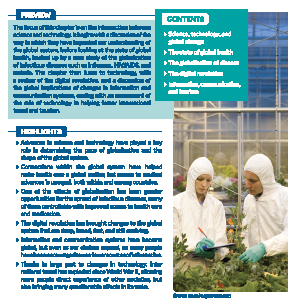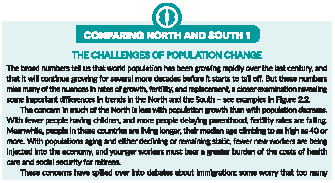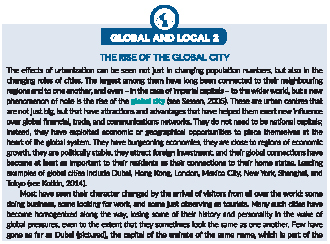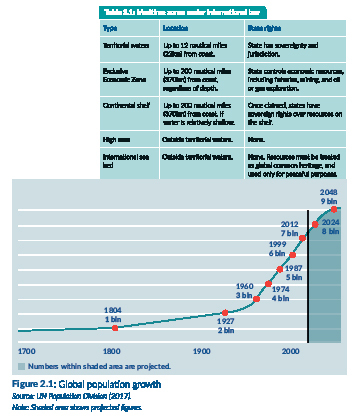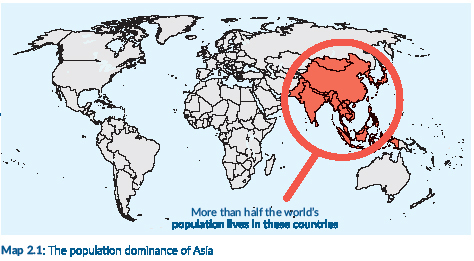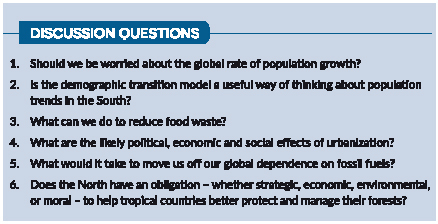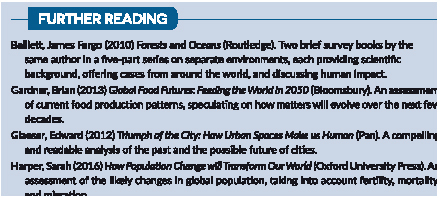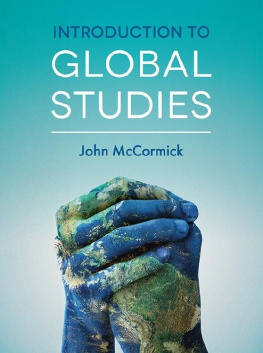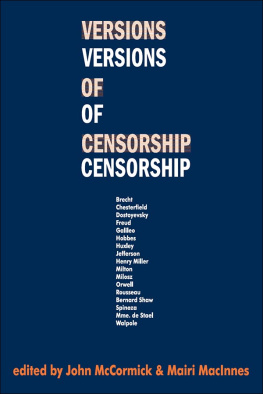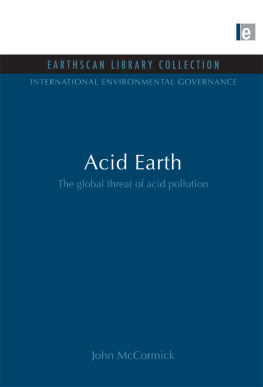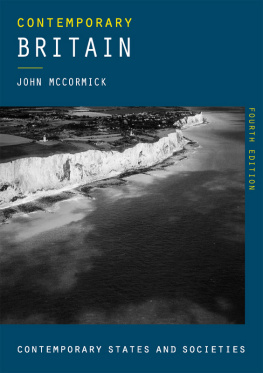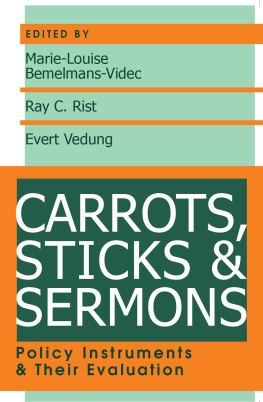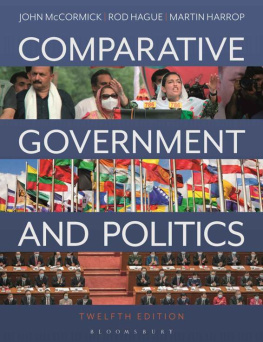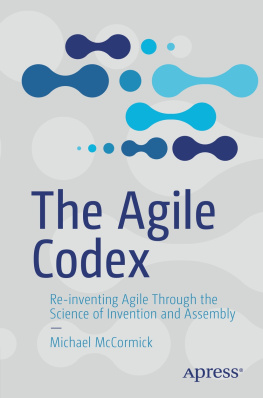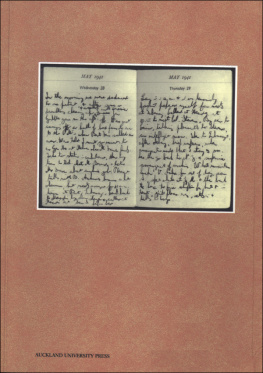INTRODUCTION TO GLOBAL STUDIES
INTRODUCTION TO
GLOBAL STUDIES
John McCormick
John McCormick, under exclusive licence to Springer Nature Limited, 2018
All rights reserved. No reproduction, copy or transmission of this publication may be made without written permission.
No portion of this publication may be reproduced, copied or transmitted save with written permission or in accordance with the provisions of the Copyright, Designs and Patents Act 1988, or under the terms of any licence permitting limited copying issued by the Copyright Licensing Agency, Saffron House, 610 Kirby Street, London EC1N 8TS.
Any person who does any unauthorized act in relation to this publication may be liable to criminal prosecution and civil claims for damages.
The author has asserted his right to be identified as the author of this work in accordance with the Copyright, Designs and Patents Act 1988.
First published 2018 by
RED GLOBE PRESS
Red Globe Press in the UK is an imprint of Springer Nature Limited, registered in England, company number 785998, of 4 Crinan Street, London, N1 9XW.
Red Globe Press is a registered trademark in the United States, the United Kingdom, Europe and other countries.
ISBN 9781352003994 paperback
This book is printed on paper suitable for recycling and made from fully managed and sustained forest sources. Logging, pulping and manufacturing processes are expected to conform to the environmental regulations of the country of origin.
A catalogue record for this book is available from the British Library.
A catalog record for this book is available from the Library of Congress.
BRIEF CONTENTS
LONG CONTENTS
ILLUSTRATIONS AND FEATURES
COMPARING NORTH AND SOUTH
GLOBAL AND LOCAL
TIMELINES
FIGURES
TABLES
MAPS
ABOUT THE AUTHOR
John McCormick is Professor of Political Science at the Indianapolis campus of Indiana University in the United States. His academic interests focus on global studies, comparative politics, the state of the environment, and the work of the European Union. He is the author of more than a dozen books, including Comparative Government and Politics , Environmental Politics and Policy , and Understanding the European Union (all from Palgrave). He has taught courses at several universities in North America and Europe, has visited more than 40 countries in Africa, Asia, the Americas, and Europe, and has lived for extended periods in five of them: the United States, Britain, Kenya, South Africa, and Zimbabwe.
TOUR OF THE BOOK
CHAPTER PREVIEWS AND HIGHLIGHTS
Each chapter begins with a brief preview, a set of six key highlights, and a list of the contents.
COMPARING NORTH AND SOUTH
Each chapter contains a box that takes a focused topic and compares experiences and attitudes in countries of the North and the South.
GLOBAL AND LOCAL
Each chapter also contains a box that compares global and local approaches to a focused problem or topic, showing the links and contrasts between the two levels.
TABLES AND FIGURES
The text is dotted with tables and figures that present key numbers or express complex ideas in visual form. Most are based on the latest data available from the websites of key national and international organizations.
MAPS
Maps of the world, or of particular states and regions, have been placed strategically throughout the book to offer a global view of topics within each chapter, comparing countries on a variety of topics. The Asia projection has been chosen because of its relatively clear and balanced representation.
DISCUSSION QUESTIONS
Each chapter ends with a set of six openended and occasionally provocative questions designed to help students think critically about some of the issues raised in the chapter, and to suggest topics for further research.
KEY CONCEPTS
Each chapter ends with a list of the key terms introduced in the chapter, all of which are highlighted in boldface and accompanied by marginal definitions. They are all reproduced (with page references) in the Glossary to the book.
USEFUL WEBSITES
Most chapters end with a short selection of websites, most of them for institutions that are discussed within the chapter.
FURTHER READING
Each chapter ends with a short list of books chosen to provide detailed and current information and to act as resources for research assignments. The emphasis is on survey texts that provide a good introduction to the topic.
SUMMARY OF THE BOOK
HISTORY
This chapter provides the historical context within which to understand the origins and the evolution of the global system. It begins with a review of the emergence of the modern world, looking particularly at its European roots in discovery, colonization, industrialization and imperialism. It then looks at the causes and effects of the two world wars, the end of Europes empires, and the Cold War. It reviews the economic, political and social changes that have come since the end of the Cold War, and their effects on the global system. The chapter ends with a discussion about the meaning and effects of globalization.
POPULATION AND RESOURCES
This chapter looks at the links between population and natural resources, as well as some of the key demographic trends shaping (and being shaped by) the global system. It begins with an assessment of key population changes before focusing on the causes and effects of urbanization. It then looks at the challenges of feeding a growing population, noting that the problem is more one of quality than of quantity. The chapter finishes up with a review of how natural resources are used (and misused), focusing on the cases of energy, forests and oceans.
IDENTITY AND CULTURE
The keyword for this chapter is identity , meaning the qualities that determine who we are and what makes us distinctive. The chapter begins with a discussion of the meaning of identity generally, and of the particular place of national identity in global studies. It then looks in turn at culture, race, ethnicity, and religion, beginning with a discussion of the difficulties in defining most of these terms before moving on to a discussion of the different contexts within which they are used. In each case, it reviews the impact of these concepts on global consciousness and global issues.

